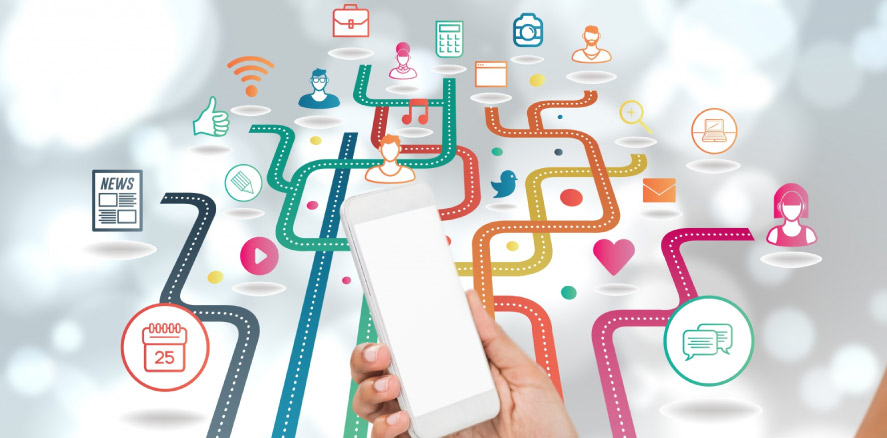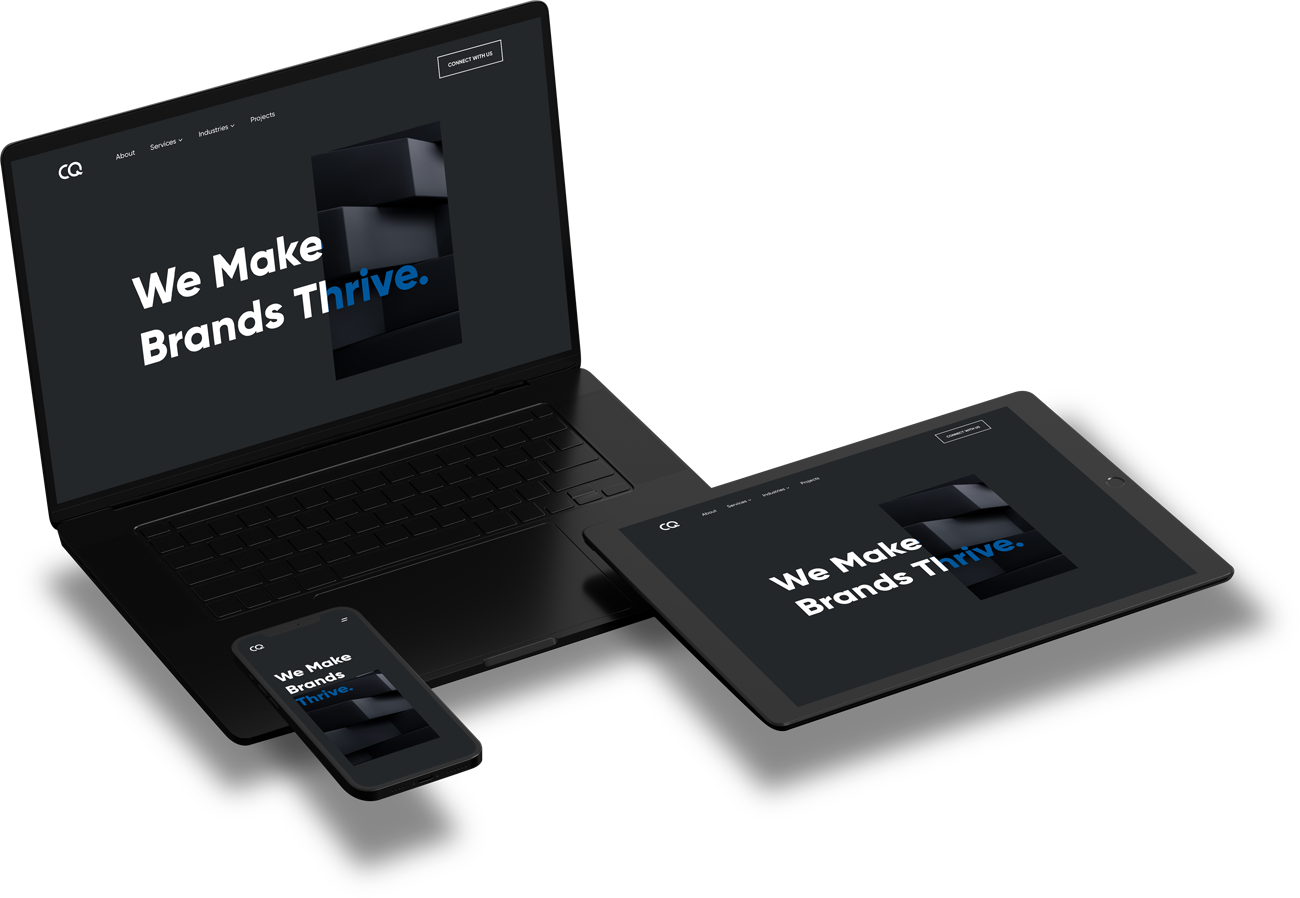 May 8, 2023
May 8, 2023

The findings from a global survey of IT leaders indicate a notable trend: a projected 46% increase in investment towards application modernization roadmaps or digital transformation initiatives during the 2022-2023 period. Furthermore, the survey highlights that a significant majority of enterprises, approximately 79%, have witnessed substantial improvements in end-user experiences by employing legacy system modernization approaches.
This indicates that updating outdated systems and applications can have a positive impact on the overall user experience, leading to enhanced customer satisfaction and potentially increased business opportunities. With advancements in technology infrastructure and evolving customer expectations, adopting digital technologies has become imperative rather than optional.
By undertaking application modernization efforts, organizations can effectively pave the way for successful digital transformation, enabling them to leverage the full benefits of digital technologies and remain relevant in the modern business landscape. A well-planned and executed modernization initiative can help businesses improve their agility, reduce technical debt, enhance user experience, and lower operating costs.
In this article, we will dig deep to know more about some of the best practices for application modernization that you should take note of before jumping head-first into your application modernization journey!
While it is established that application modernization services are driven towards reaching maximum productivity, it’s crucial to note that true digital transformation, including the transition to cloud-based solutions, often requires modernizing or updating existing legacy applications. Generally, any modernization strategy revolves around these four distinct approaches:
In this strategy, the underlying resources of the legacy software are moved to the cloud without making changes to the application’s code. While it is the easiest approach, it primarily focuses on improving application performance and is often an initial step towards modernization.
This approach involves breaking down the outdated system into manageable services that can be independently managed. It requires careful consideration as code changes can impact the application’s external behavior. However, it offers significant benefits such as DevOps integration, the use of multiple services, and containerization.
Rebuilding is the most comprehensive and resource-intensive approach. It entails rewriting the code of the legacy application to create a native cloud application. This comprehensive nature of an application modernization strategy enables organisations to leverage the full advantages of modern cloud-based technologies, including more room for cost-effective maintenance, enabling enhanced security measures and better prospects of scalability with your application modernization roadmap.
Containerization refers to the process of encapsulating an application and its associated functional dependencies within a self-contained and portable container. These containers can be run on various operating systems and cloud environments. containerization enables simplified deployment, updates, and scalability by breaking down applications into smaller, independent components. It offers flexibility and efficiency, allowing organizations to optimize resource utilization and streamline application management.
By following these following steps and considering the specific needs of your organization, you can build the best application modernization roadmap, ensuring a successful transformation that aligns with your business goals and maximizes the benefits of updated systems. This is everything you need to know to curate an application modernization roadmap for 2023!
To begin, clearly define the goals of your application modernization initiative. Conduct a comprehensive analysis of your existing application portfolio, understanding the use case of each application, the technologies it relies on, and its integration with other systems. Identify outdated legacy systems that impact performance and productivity. Assess the effects of outdated systems on customer experience. Priorities transformations based on areas for improvement.
By understanding the desired state of each application, you can better determine the necessary technology and architecture changes. Ideally, you should be paying attention to these:
Continuously review the market for available IT solutions. Seek technologies that align with your objectives and address present and future needs. Focus on factors like agility, scalability, expense control, adaptability, and data security. Consider technologies like microservices, DevOps, cloud transformation, containerization, and adaptable APIs, as they enable effective application modernization.
Identify potential risks associated with your application modernization efforts. Assess each risk in terms of likelihood and potential impact on the project. Prioritise risks based on severity, giving higher priority to those with significant potential impact. Implement appropriate mitigating strategies, such as adding buffers to timelines, increasing budget estimates, and developing contingency plans.

Establish critical assessment and success metrics at the outset of your application modernization project. Determine the total number of applications to be modernized, project timeline, cost savings, productivity increase, and risk reduction. Regularly track these metrics to accurately assess project progress and identify any potential issues that may arise.
While it is one thing to develop a strategy, the process of roadmap deployment comes with its complexities. Implement necessary infrastructure updates, coding changes, and rigorous testing. Develop an ongoing management plan to ensure your applications remain up-to-date, which includes regular monitoring and management updates as new vulnerabilities are discovered. Schedule frequent workshops to track development and gather input from end-users during the deployment phase.
Ensure a smooth transition from the old system to the new one by planning for the cutover phase. Migrate all necessary data from the old application to the new one. Thoroughly test the new application to ensure readiness for production. Develop a plan to address any issues that may arise during or after the cutover, minimizing disruption to users and maximizing the success of your application modernization strategy.
It is important to priorities modernization efforts based on business impact and technical feasibility. It is important that you first understand that not every application necessarily needs modernization. Only focus on bettering the apps that you can rely on for delivering the maximum value to your business. When you hire an expert application modernization company like ours, we will present you with solutions after considering all the working factors like user demand, revenue generation, allocated budget and the technical complexity involved.
CraftedQ has been assisting global businesses with comprehensive application modernization roadmaps curated to suit their particular requirements. Our extensive services include assessment, strategy, planning, implementation, maintenance and support. By working with us, your business can avail improved functionality, reduced costs, and achieve a competitive edge in the marketplace. Contact CraftedQ today to future-proof your business and escalate your business to a new level of success and growth!
